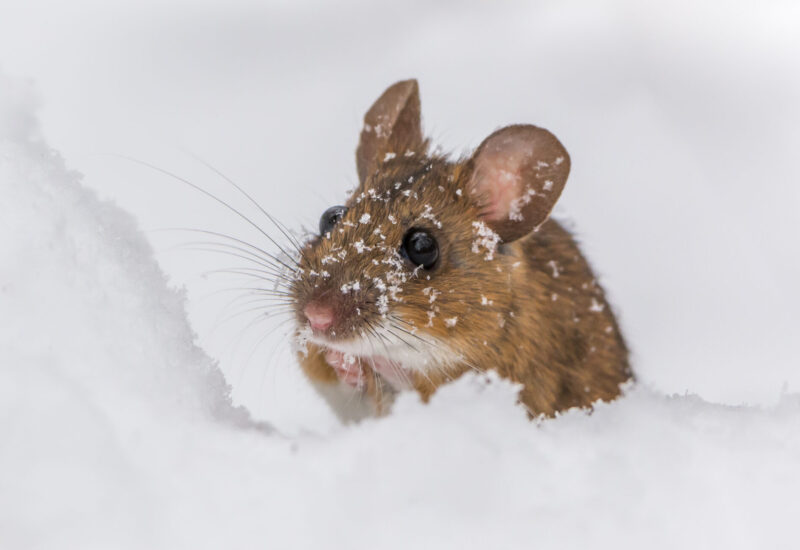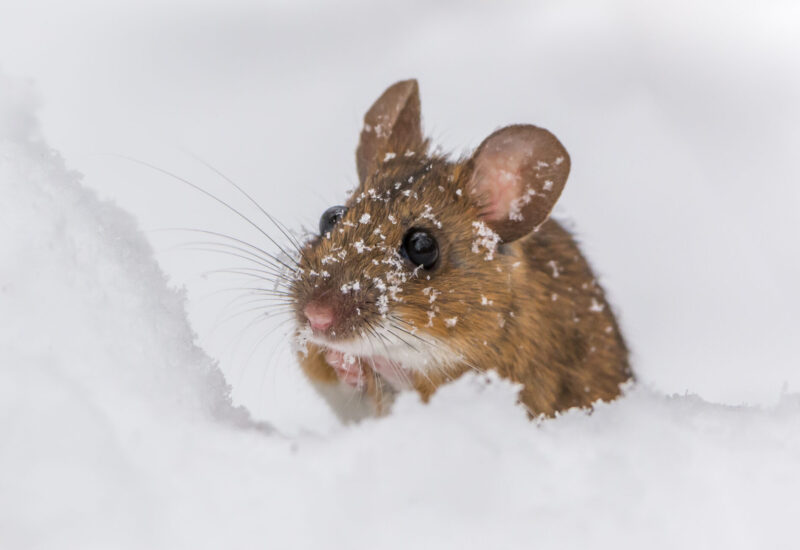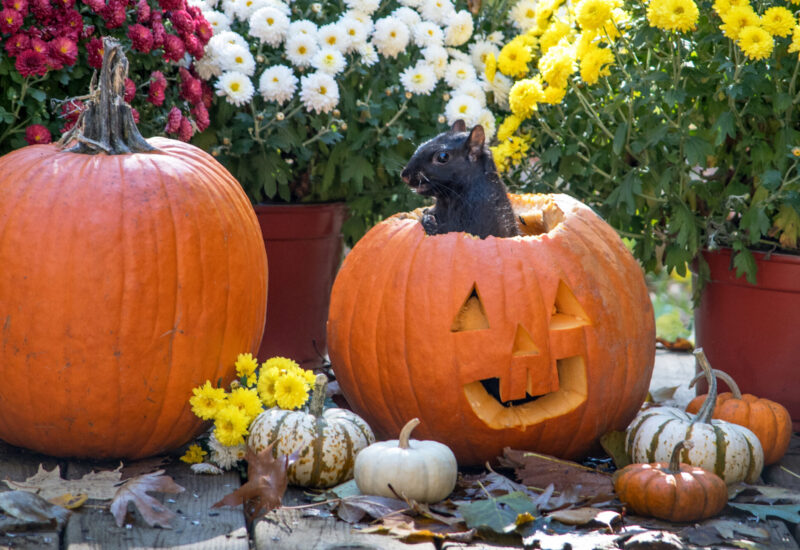How to Get Rid of Squirrels in Your Attic

Tips to Keep Squirrels & Other Invasive Wildlife Out of Your Home & Dangers
Few things in life are more annoying than hearing scurrying rodents above your head as you’re going about your day at home — or worse, trying to sleep at night.
Going up to investigate what you’re hearing may be an even more daunting thought, but the chances are pretty high that it’s some type of nuisance wildlife that doesn’t belong inside your home.
If you’re hearing scratching noises inside your attic during the daytime or evening hours, chances are you’re dealing with squirrels.
The two most common squirrels in the Northeast United States are the Eastern gray squirrel and the flying squirrel. As their name suggests, gray squirrels are gray in color. They are the ones typically seen scurrying around your yard, climbing trees and collecting acorns. They are active during the daytime and usually rest at night.
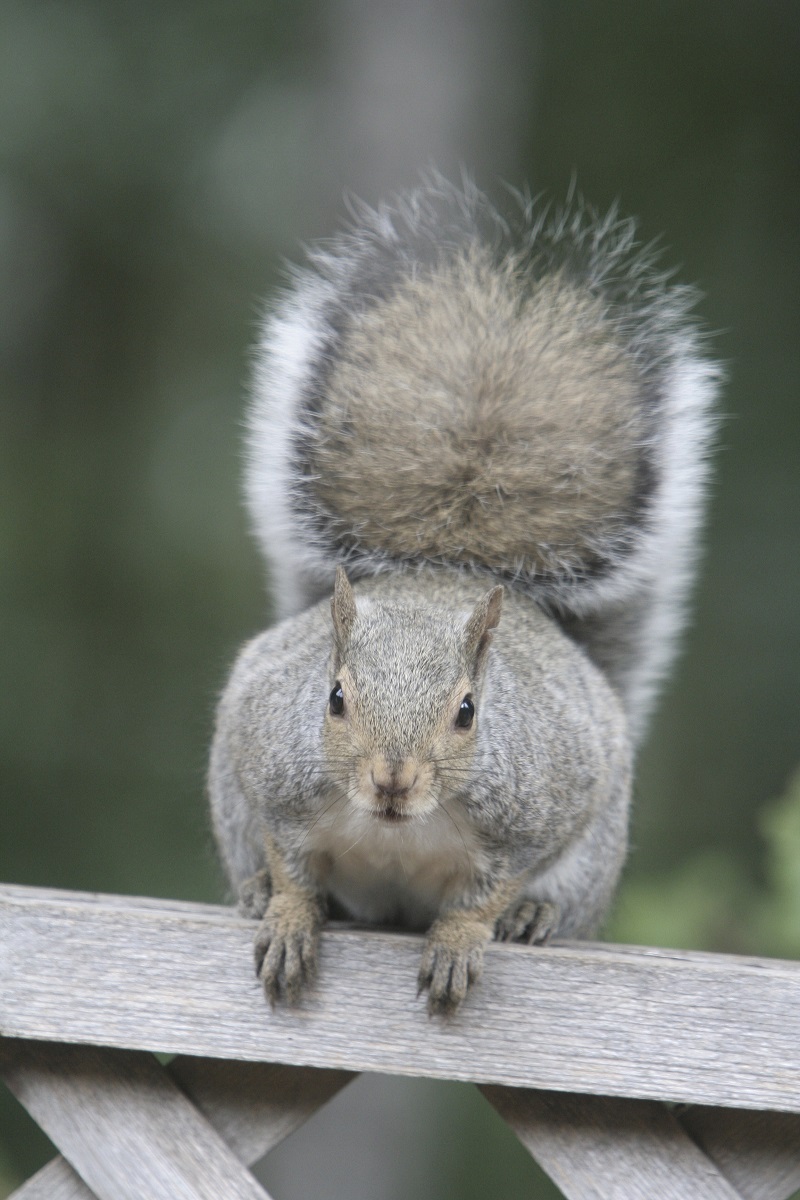
The flying squirrel is quite the opposite. Not often seen during the day, this fluffy glider is nocturnal and is most active during the evening/nighttime hours.
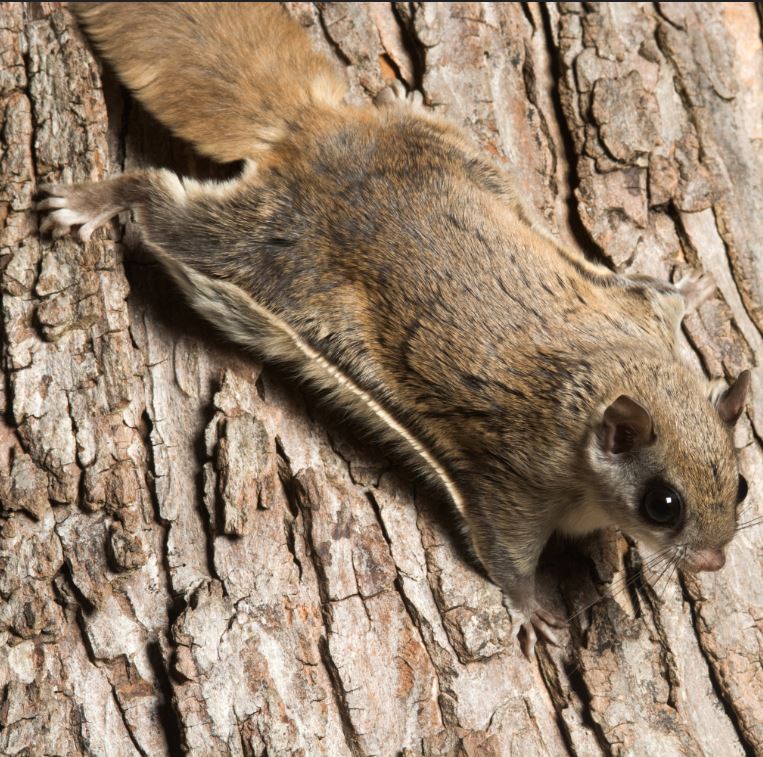
Squirrel Removal
Though known to nest in trees, squirrels, like many other types of wildlife, have begun to adapt to the urban and suburban life that is being built up around them. One of the places that squirrels love to nest is in attics.
Typically, when squirrels are about to give birth (this happens in the spring/early fall and in late winter), females will nest inside homes. An attic provides them with a warm and dry environment, as well as with plenty of materials to construct their nests with.
“Gray Squirrels will use attic spaces for fall and winter nesting if the opportunity presents itself or their tree nest doesn’t deem safe due to predatory birds or weather,” explains Catseye Wildlife Technician, Paul Dube. “These squirrels usually find an opening and make it bigger by gnawing at the area until the squirrel gets in. Usually, holes the size of a baseball in soffits, roof vents, and gable vents is a good indicator a gray squirrel has entered. Once in the attic, squirrels will take insulation and ball it up in a big pile to make a nest out of it,” he continued.
However, if you’re like most people, having squirrels in the attic is not something that you want to deal with for any length of time. Once in your home, squirrels will chew through electrical wires and make a mess of your insulation.
“While in the attic squirrels will gnaw on wires and support beams causing lots of damage that needs to be addressed,” warned Dube.
This is obviously not ideal, but can also grow gravely dangerous in terms of fire hazards and other property damage. So, it’s something that should be handled immediately.
The first thing you should consider is that the chance of there being a pregnant female squirrel or a female and her babies in the attic are high. Therefore, putting things like poison out could do more harm than good.
There are humane ways to deal with squirrel infestations to help get squirrels and other unwanted wildlife out of your home, including:
-
Find and seal up all entry points.
Squirrels and other wildlife have to get inside somehow. Gray and flying squirrels usually come through the top of your house, dislodged siding, or open vents. It doesn’t take more than a quarter-sized hole for a flying squirrel to wriggle its way into your home.
Complete a thorough sweep of your house and make sure that all potential entry points are closed off.
-
Install one-way doors.
One-way doors are a great and harmless way to remove a squirrel (and other wildlife) from your home. It allows them to exit through their entry hole but cannot re-enter. If you are dealing with a situation where babies may be involved, it may be best to call a pest professional so that they can properly remove the babies to be reunited with their mother.
-
Remove food sources that may be attracting wildlife to your home.
Bird feeders, scraps, and other sources of food that are in your lawn are easy targets for squirrels and end up directing traffic towards your home. Keep bird feeders at least 30 feet away from your house, rake nuts and loose foliage, and keep garbage covered and out of reach.
-
Trim overhanging trees and shrubs.
Overgrown shrubs and tall trees with overhanging branches hanging make it easy for squirrels and other animals to hide and climb up to your house and land, roof, and other exposed areas.
-
Call a wildlife professional for permanent, guaranteed pest-exclusion and removal help.
When it comes to the trapping and removal of squirrels from your attic, it is safest to contact a wildlife professional for assistance. Catseye has the skills and tools needed to tackle any job and also offers the industry-best pest exclusion for wildlife like squirrels and other invasive critters that can put your property and family at risk.


